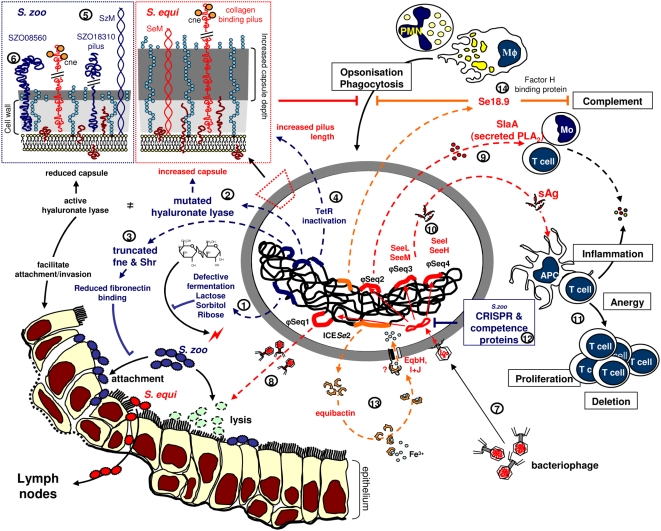Figure 8. Summary of functional loss and gene gain by S. equi.
Gene loss (blue): (1) Se4047 has lost the ability to ferment lactose, sorbitol, and ribose, which may reduce its ability to colonize the mucosal surface. (2) Hyaluronate lyase activity is predicted to be reduced in Se4047, which could decrease its ability to invade tissue and provide an explanation for increased levels of hyaluronate capsule. Increased levels of capsule may enhance resistance to phagocytosis, but could also reduce adhesion to the mucosal surface. (3) Truncation of fne and Shr in Se4047 and subsequent synthesis of secreted fibronectin products may decrease the adhesive properties of Se4047 and interfere with fibronectin-dependent attachment mechanisms of competing pathogens. (4) Loss of function of the tetR regulator may lead to constitutive production of longer collagen-binding pili by S. equi. (5) The putative SZO18310 pilus locus of SzH70 has been deleted from the Se4047 genome. (6) Se4047 has lost a Listeria-Bacteroides repeat domain containing surface-anchored protein. Gene gain (red): (7) The acquisition of prophage plays an important evolutionary role through integration of cargo genes. (8) Recirculation and secretion of the integrated ϕSeq1 may kill susceptible competing bacteria such as S. zooepidemicus. (9) ϕSeq2 contains a gene encoding a phospholipase A2 (SlaA) that may enhance virulence. (10) ϕSeq3 and ϕSeq4 encode superantigens SeeH, SeeI, SeeL, and SeeM that target the equine immune system (11). (12) The absence of prophage in S. zooepidemicus may be explained by the presence of CRISPR arrays and competence proteins that confer resistance to circulating phage and maintain genome integrity. (13) The ICESe2 locus may enhance iron acquisition in Se4047 through the production of a potential siderophore, equibactin. (14) Se18.9 binds Factor H and interferes with complement activation.

